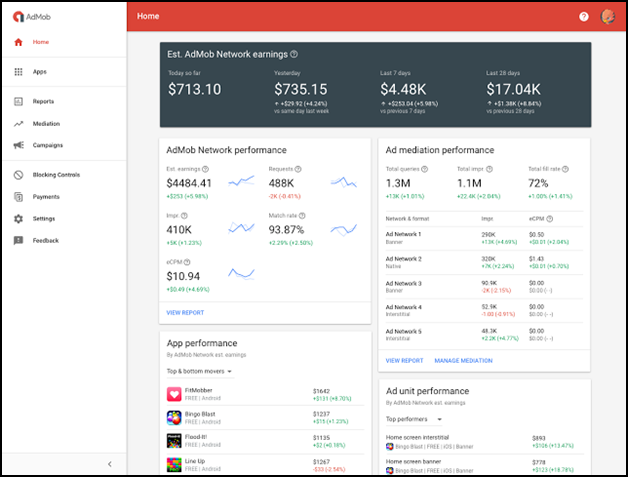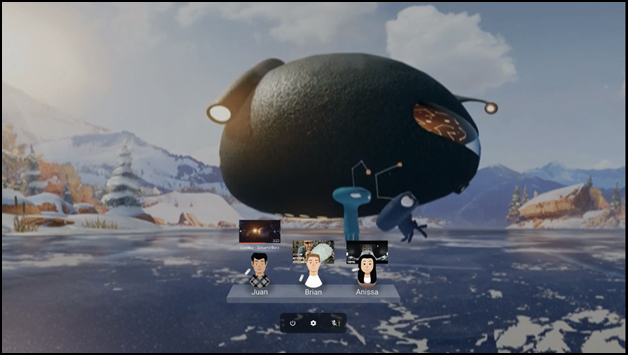The wrap of Google I/O Day 2 saw several technical sessions, tracks and announcements across the Google product ecosystem. Here are the major takeaways for developers in areas including Android Instant Apps, Progressive Web Apps, and numerous improvements in developer tools.

Play Developer and Android Instant Apps
Developers can grow their business with the subscriptions dashboard, which helps them retain subscribers by providing new metrics, like subscriber churn. With Play app signing, Play can now manage the ‘signing keys’ developers use to keep their apps secure, reducing risk from lost keys and allowing Play to reduce APK size. The revamped Play Console includes Android vitals so developers can identify and fix bad behaviors in their app, reducing crashes and battery drain.
On the Android side, instant app development is now open to all developers today with the Android Instant Apps SDK, enabling a new approach for running apps with no installation required. Learn more on the Play Developer blog and the Instant Apps Blog.
Mobile Web momentum with Progressive Web Apps
Progressive Web Apps [PWAs] have gone mainstream as developers globally are increasingly relying on them, and their progress was on display at I/O. If you are a developer building for the mobile Web, PWAs allow you to give users a polished, app-like experience [with easy navigation, offline features, and more], without going through an install step first. At I/O, Google shared more on how PWAs are becoming increasingly popular, especially in emerging markets where data and connectivity are limited.
For example, well-known developers like Twitter, Forbes, and Lancome have seen significant traction with PWA usage, and several teams within Google are also building their own PWAs, including Search, Maps, and more. Learn more on the Mobile Web blog.
Developer Products
Google announced improvements to Firebase, Google’s unified app SDK which launched at I/O last year. Firebase enables developers to build and manage their apps and grow their businesses using Google’s tools. Among the announcements is Firebase Performance Monitoring, which gives developers visibility into how users are experiencing their apps across a variety of devices and network conditions.
Google also spoke of Cloud Functions for Firebase, an integration between Firebase and Cloud that enables developers to run logic without needing their own servers. Learn more on the Developer Blog.
Ads
AdMob, Google’s mobile ad platform, has a newly-redesigned intuitive UI, app-centric dashboards, and a simpler sign-up flow. AdMob also now gives developers a more complete picture of ‘lifetime value’ – including how often people use the apps, how likely they are to take action within the app/re-engage with it, and how healthy the app’s growth is.

Next, there are new updates to Universal App Campaigns to help developers reach more engaged users across Google’s largest properties. And finally, the new App Attribution Partner Program will now give AdWords users a more consistent understanding of their app’s advertising campaign performance to make better marketing decisions. Learn more on the Ads blog.
VR/AR
Google announced several enhancements to the core technologies that enable VR and AR, and in platforms that make them accessible to more people. In Tango, the technology that enables devices to track motion and understand depth and space, Google announced WorldSense – a positional tracking technology that makes the newly-announced Daydream standalone VR headsets work without any external sensors.
Standalone headsets, a new category of devices built by Google’s partners, are also coming to Daydream later this year. They are easy to use, and the form factor enables partners to optimize components like sensors and displays for VR. And with more than 150 apps, there’s lots to explore, watch and do in VR, regardless of which Daydream-ready device you choose.

The upcoming 2.0 release for all headsets, Daydream Euphrates, has features that make VR more fun and easier to share with others. You will be able to capture what you are seeing, as well as cast your virtual world right onto the screen in your living room. And, soon, you will be able to watch YouTube videos in VR with other people and share the experience in the same virtual space. Learn more on the Daydream blog.

